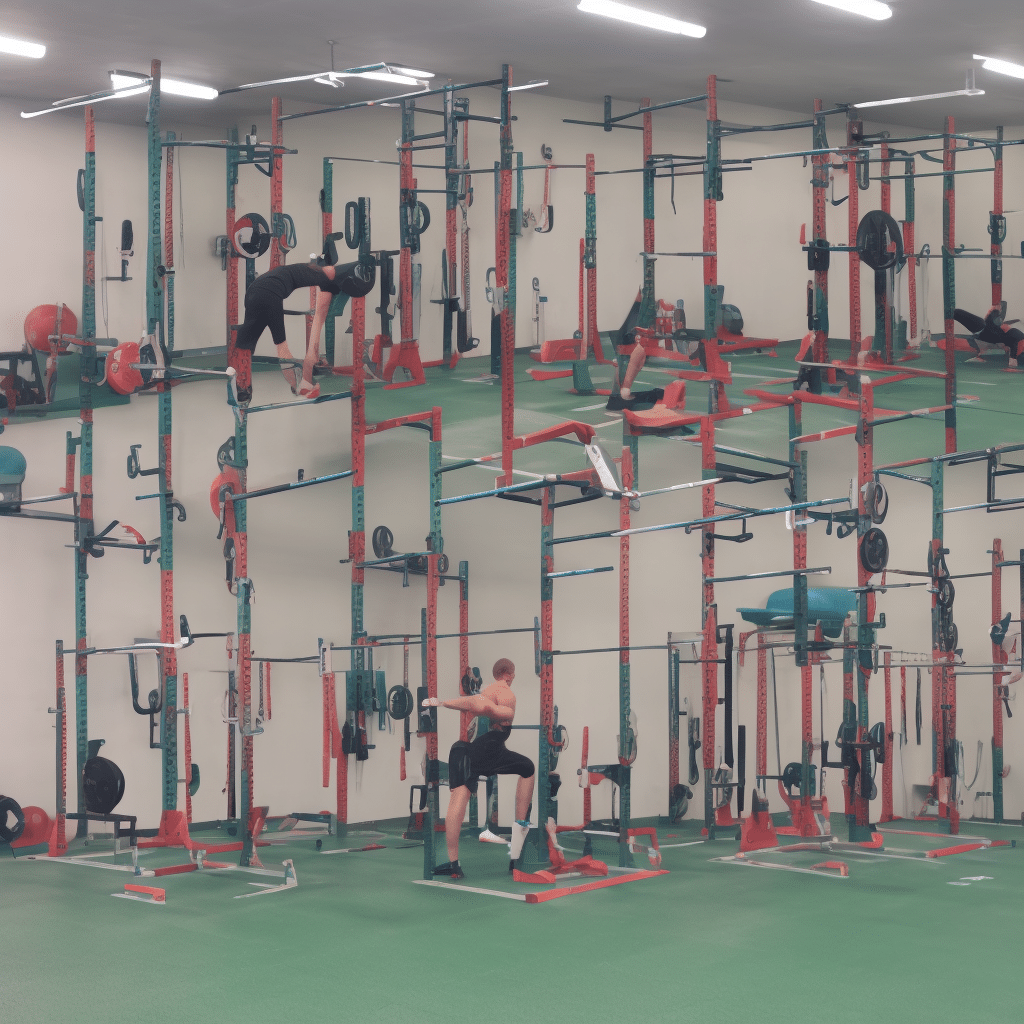How Can Athletes Use Visualization Techniques for Injury Rehabilitation?

Sport, for many, is a passion that fulfills their spirit, challenges their physical and mental boundaries and also provides them with a sense of purpose. However, a common risk that athletes face across all sports is the ominous threat of injury. Injuries not only wreak havoc on an athlete’s physical capabilities but also impact their mental health, often triggering anxiety and depression.
The process of injury rehabilitation can be a challenging journey, filled with physical discomfort and mental distress. But there is a psychological tool that can aid this process – imagery or visualization. This technique, rooted in the principles of sports psychology, can facilitate healing, enhance performance, and address the mental struggles that often accompany physical injuries.
Sujet a lire : How to Design a Flexibility and Mobility Program for Martial Artists?
The Power of Imagery in Sports Psychology
Sports psychology has offered many insights into the unique mental challenges that athletes face. One of these insights is the power of imagery and visualization in enhancing an athlete’s performance.
Visualization or imagery involves creating or recreating an experience in one’s mind. It could involve visualizing a race, imaging the feeling of a perfect swing, or even mentally rehearsing coping with adversity during a game. The purpose of this technique is to improve the athlete’s mental readiness and enhance their performance.
Sujet a lire : What Are the Key Factors in Building Resilience in Professional Team Sports Environments?
But the power of visualization isn’t limited to improving performance. Research indicates that it can also be instrumental in injury rehabilitation.
Visualization in Injury Rehabilitation
An injury is not just a physical setback for an athlete; it’s a mental hurdle as well. The period of rehabilitation is often marked by frustration, anxiety, and fear. Here, visualization can prove to be a potent tool.
When an athlete visualizes themselves successfully executing a certain movement or exercise, they are effectively training their brain for that action. The mental rehearsal stimulates the same neural pathways that would be involved in the actual physical action. This neuromuscular activation is believed to aid the healing process, making visualization a valuable addition to the athlete’s rehabilitation routine.
Combating Anxiety with Visualization Techniques
Dealing with an injury can be a stressful time for an athlete. The fear of re-injury, the pressure to return to the field, the disappointment of letting the team down – all these contribute to heightened anxiety levels. This is where visualization techniques can be particularly beneficial.
By visualizing successful comeback stories, athletes can boost their self-confidence and reduce anxiety. Imagining themselves back in the game, performing at their best, can help bring a sense of control and positivity. Moreover, visualization can also be used to practice coping strategies, helping athletes deal with stressful situations more effectively.
Implementing Visualization in Training and Rehabilitation
Implementing visualization in training and rehabilitation involves a comprehensive approach. Athletes need to be guided on how to create vivid and detailed images, how to control these images, and how to use them effectively.
The imagery practice should ideally be specific to the individual’s sport and personal goals. For instance, a football player recovering from a knee injury could visualize themselves making a successful comeback, executing perfect kicks, or winning a game.
Consistency is key in visualization training. Regular practice can enhance the efficacy of the imagery and contribute to better outcomes in rehabilitation and performance.
Visualization is a powerful tool that holds immense potential in the realm of sports. Its ability to tap into the mind-body connection can revolutionize the way athletes navigate their journey of rehabilitation from injury. While the physical aspect of recovery remains critical, incorporating mental strategies such as visualization can foster a more holistic healing process.
However, it is important to remember that visualization is not a standalone solution but a complementary tool, and should be used in conjunction with traditional physical rehabilitation methods. Additionally, professional guidance is advisable to effectively implement and utilize visualization techniques.
To summarise, visualization techniques offer a promising avenue for injury rehabilitation among athletes. Through mental rehearsal, imagery can boost performance, accelerate healing, and keep anxiety at bay, helping athletes make a strong and successful return to their sport.
Harnessing the Power of Sport-Specific Imagery in Rehabilitation
Athletes are often encouraged to create detailed, sport-specific imagery during their visualization exercises. This specificity helps in making the mental images more convincing and thus, more effective in the rehabilitation process.
For instance, a tennis player recovering from a shoulder injury could create a mental image of serving an ace with perfect form and zero discomfort. The player could also visualize the moment of victory, the crowd’s applause, the feeling of relief, and satisfaction. By doing so, the athlete not only trains their mind for the physical action but also prepares it for the psychological aspect of the game.
It has also been suggested that somatic anxiety, an emotional response associated with perceived physiological symptoms, may be reduced through such visualization exercises. By mentally rehearsing the physical actions in detail, athletes can gain mastery over their movements, which reduces the uncertainty and fear associated with potential re-injury.
Incorporating healing imagery during visualization can also aid the recovery process. Guided imagery sessions focused on the injured area, visualizing the healing process at a cellular level, can promote a positive mindset and potentially speed up recovery.
Still, the implementation of imagery rehabilitation should be done under professional guidance. A sport psychologist or a qualified coach can provide valuable insights into developing effective visualization techniques, tailoring them to the specific needs of the injured athletes.
The Benefits of Visualization: A Holistic View
The use of visualization techniques in sports has been backed by a growing body of research. Numerous studies have pointed out the benefits of visualization for both performance enhancement and injury rehabilitation.
Mental rehearsal through visualization activates the same neural pathways as the actual physical action, thus helping in conditioning the brain for the action. This neuromuscular activation can potentially aid the healing process and speed up the player’s return to the sport.
Furthermore, visualization can help athletes combat the mental distress associated with injuries. By creating positive imagery, athletes can reduce anxiety, boost self-confidence, and foster a positive mindset – factors that are crucial for a successful rehabilitation process.
In the realm of sport psychology, the AASP Foundation has been at the forefront of promoting the use of visualization among athletes. Their research and applied work underscore the significant role that mental imagery can play in an athlete’s journey of recovery and performance enhancement.
In conclusion, it is clear that visualization techniques are not just about imagining success in the game. They are about harnessing the power of the mind to aid the body’s healing process, overcome mental hurdles, and prepare for a strong comeback. While visualization does not replace the traditional physical rehabilitation methods, it certainly complements them, providing a holistic approach to injury rehabilitation.
As we move forward, it is crucial that sport professionals continue to advocate for and educate athletes on the use of such mental strategies. After all, a strong mind is just as crucial as a strong body in the challenging world of sports.
To echo the sentiment of the Aasp Foundation, let’s continue to help athletes "see" their way to success, both on and off the field.
